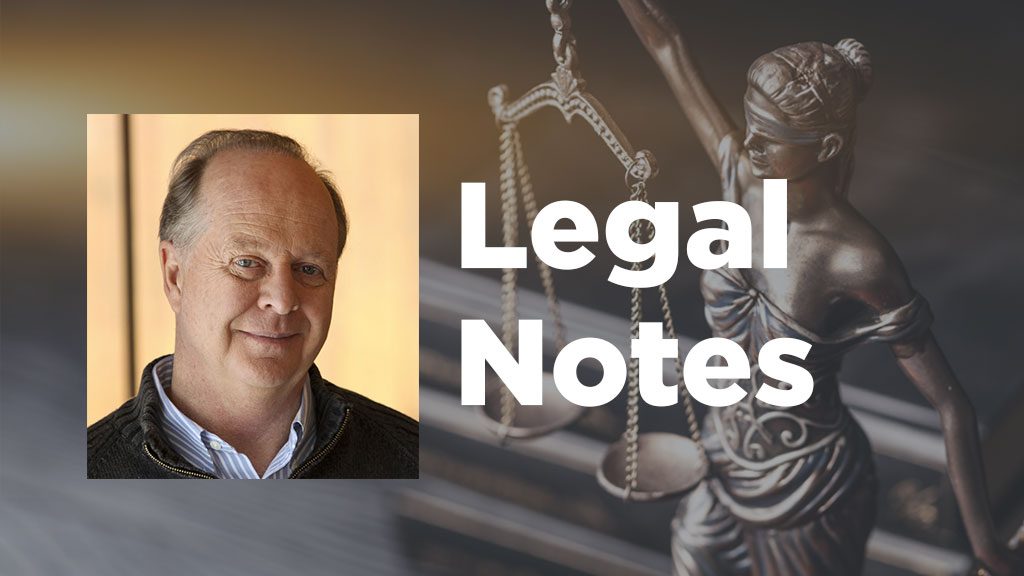Lien claims that are exaggerated well beyond what is actually owed for work done or made without supporting evidence run the risk of being reduced in amount or even thrown out entirely.
Two recent appeals in British Columbia provide insights that might offer guidance in other jurisdictions.
In the , a contractor providing drywall, insulation and steel studwork on a multi-storey commercial project claimed to be underpaid as per the contract. It was also claimed that the project owner had interfered with work, causing added expense. The contractor filed a lien for $1,136,000, far beyond the $575,576 owed for the work completed. The owner paid security on the full amount but filed a counterclaim saying the contractorÔÇÖs lien was grossly inflated and an abuse of process.
ÔÇťThe trial judge awarded the contractor $575,576 for the work it performed on the project, but dismissed the Interference Claim, which represented the balance of the total Lien value,ÔÇŁ Dan Melnick, associate with Clark Wilson Law LLP.
However, the justice did not feel there was an abuse of process, despite false information provided by the contractorÔÇÖs project manager regarding the alleged interference by the owner. Therefore, the owner was denied any damages resulting from the financing cost incurred by posting the full security amount.
The British Columbia Court of Appeal (BCCA) overturned this decision.
ÔÇťThe contractor abused the mechanisms of the┬áact┬áto secure funds it knew or ought to have known it was not entitled to, and in doing so caused the owner to suffer damages: the time value of the money held in court as security for the portion of the lien relating to the interference claim,ÔÇŁ writes Melnick.
Accordingly, the contractor was ordered to pay damages equal to that portion of the interest on the security related to the interference claim, from the date the security was paid until the date of the trial judgment.
The owner learned a lesson as well as the contractor. Since the owner did not produce evidence regarding the actual interest cost incurred, the interest cost damages were calculated under B.C.ÔÇÖs Court Order Enforcement Act, an amount lower than what was likely paid by the owner.
A involved a lien claim that was exaggerated in the extreme.
Thomson LLP partners and Cobi Dayan, and summer student Annie Redmond, how Darwin Construction (BC) Ltd. filed a lien against PC Urban Glenaire Holdings Ltd. for $3 million.
An initial contract had been awarded to Darwin for $14,758,947. Approved change orders brought the total to $15,958,282. By the time the contract was terminated, Darwin had invoiced the partnership for $15,619,761 and been paid a total of $14,004,124, including the portions of the holdback.
ÔÇťThe developer (PC Urban Glenaire) applied to have the lien cancelled in its entirety, or to have the amount of the security for the lien reduced to a nominal amount of $1,ÔÇŁ write Johnston, Dayan and Redmond.
The chambers judge ruled the $3 million claim was clearly excessive and reduced the security paid against the lien by PC Urban Glenaire to $500,000.
In a ruling described as ÔÇťa first decision of its kind,ÔÇŁ the BCCA cancelled the lien entirely, due to the inflated amount of the claim and other clear abuses of process.
Although it doesnÔÇÖt happen often, Johnston, Dayan and Redmond note that provinces have their own lien acts and other statutes that allow their courts to remove or cancel improper liens, or award costs and damages due to exaggerated or falsely claimed liens.
The appeals court acknowledged, ÔÇťthere are times that in the haste to secure a lien claim after termination of a contract, a lien claimant might miscalculate the lien.ÔÇŁ
However, it added that, ÔÇťthe lien claimant has to be prepared to support an arguable case as to both the┬áright┬áto the lien and the┬áamount┬áof the lien.ÔÇŁ
John Bleasby is a Coldwater, Ont.-based freelance writer. Send comments and Legal Notes column ideas to editor@dailycommercialnews.com.











Recent Comments
comments for this post are closed